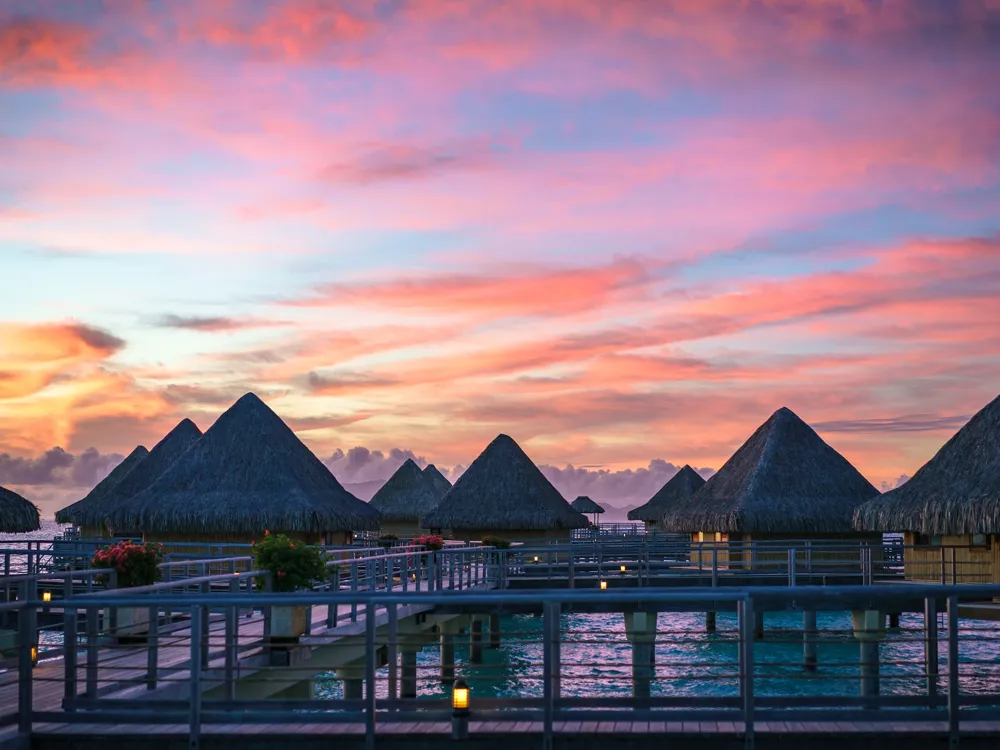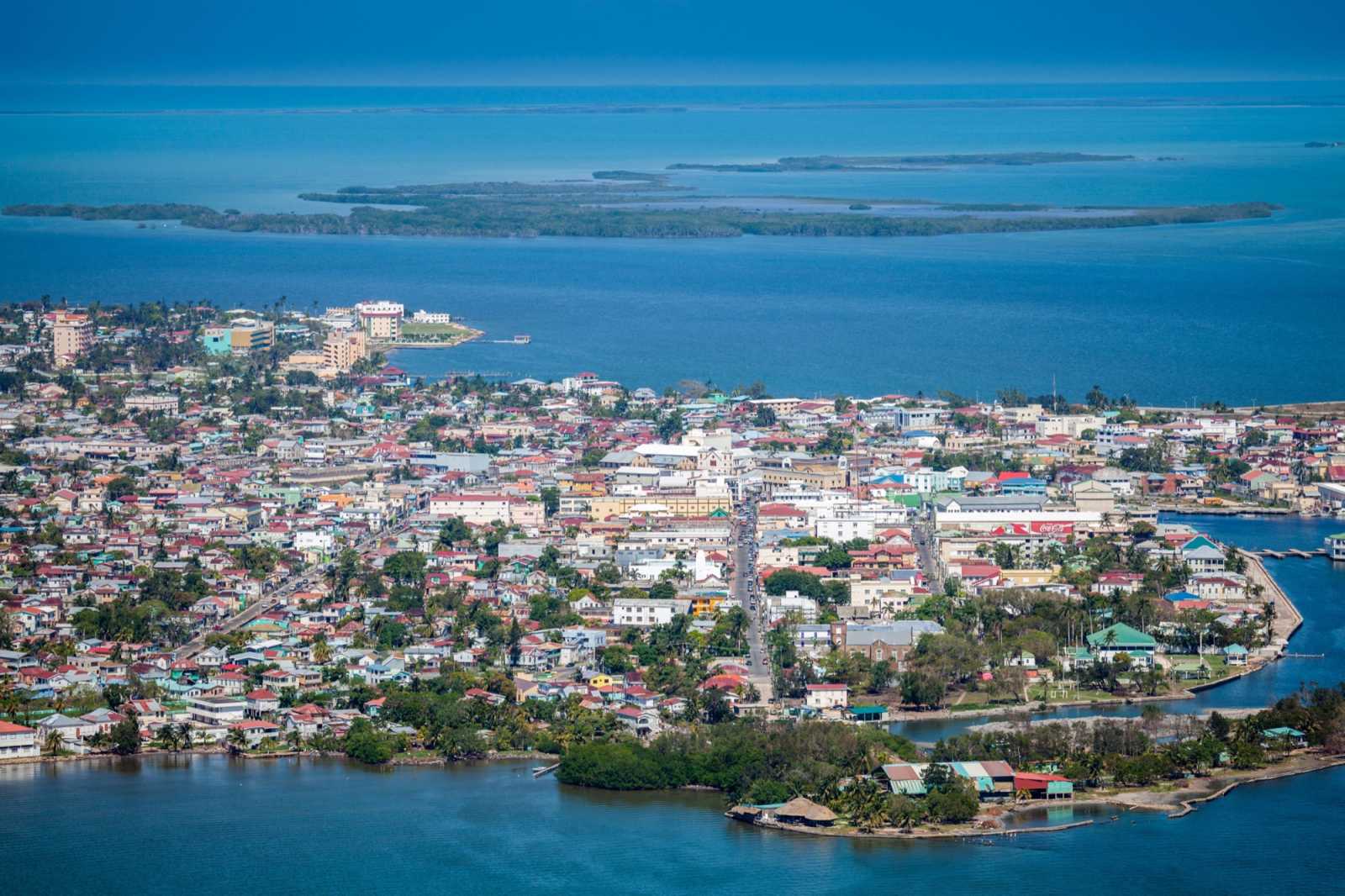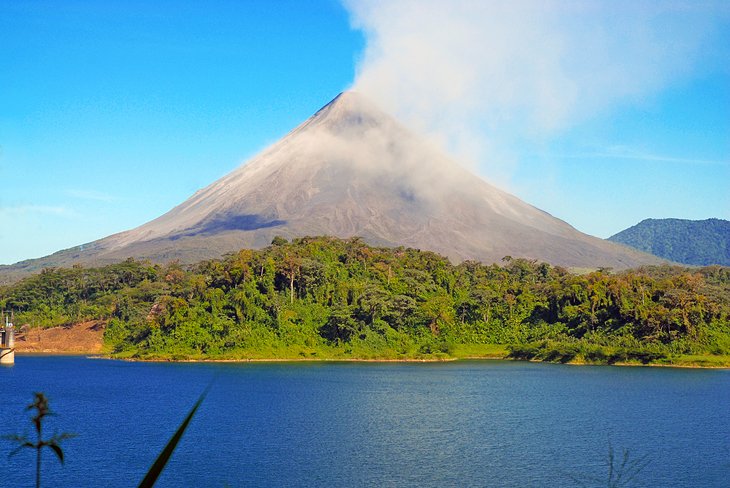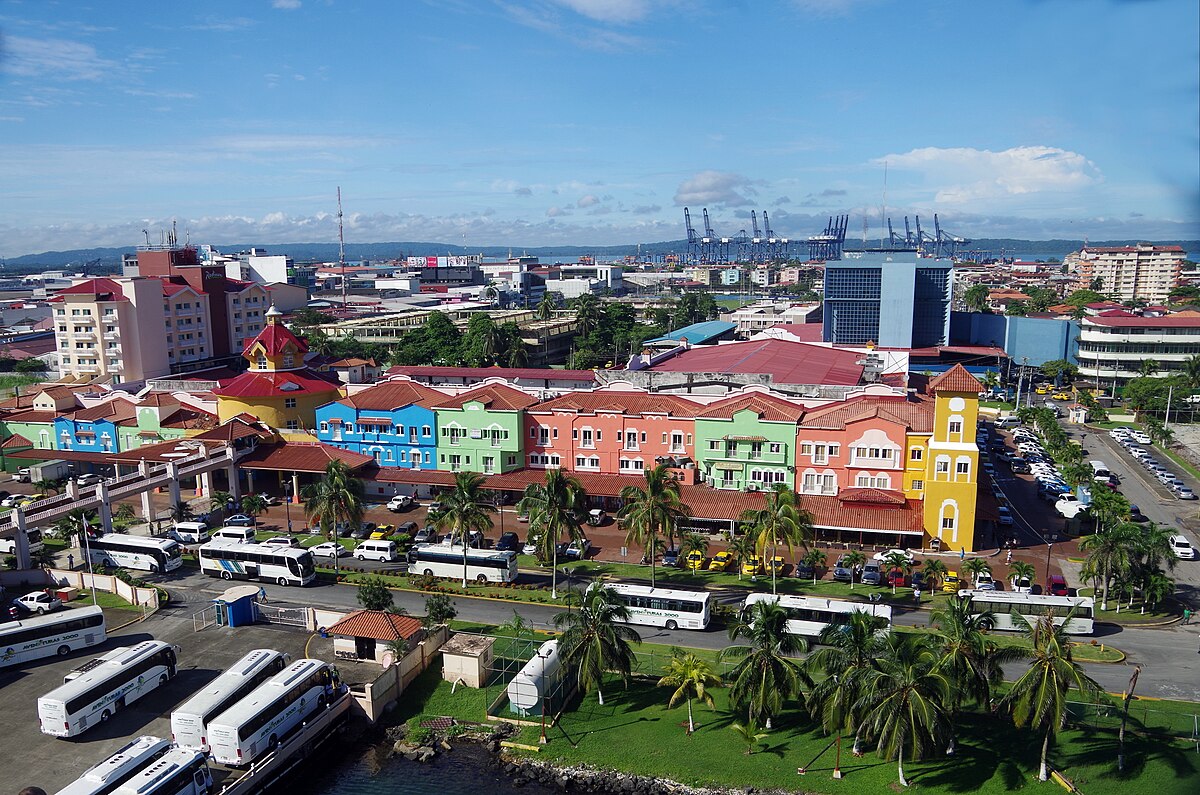What is the Best Time to Visit French Polynesia?
The best time to visit French Polynesia is during its dry season, from May to October. This period offers pleasant temperatures, low humidity, and minimal rainfall, creating ideal conditions for outdoor activities and water adventures. June to August are particularly popular, with cooler temperatures and a higher chance of spotting marine life. Travellers can explore Tahiti, Bora Bora, and other stunning islands while enjoying the turquoise waters and vibrant marine ecosystems. However, it's essential to book accommodations in advance, as this peak tourist season attracts visitors seeking breathtaking landscapes and unique Polynesian culture.
Travel Peak Season in French Polynesia
French Polynesia experiences its peak tourist season from June to August. During these months, the islands enjoy dry and pleasant weather, making it the ideal time for outdoor activities and water adventures. Travellers flock to destinations like Tahiti and Bora Bora to experience the stunning landscapes, clear turquoise waters, and vibrant marine life. The peak season attracts visitors seeking the ultimate tropical paradise experience. To ensure availability and to secure the best accommodations and activities, it's advisable to plan and book well in advance, as this period is popular for those wanting to indulge in the beauty of French Polynesia.
-
Weather:
- The peak season coincides with the austral winter, which brings drier and more comfortable weather. Daytime temperatures are generally warm, ranging from 24 to 30 degrees Celsius (75 to 86 degrees Fahrenheit), and the humidity is lower compared to the wet season.
-
Rainfall:
- Rainfall is minimal during the peak season, leading to clear skies and plenty of sunshine. This is ideal for outdoor activities and water-based excursions.
-
Water Conditions:
- The sea conditions are usually calm and clear during the dry season, providing excellent visibility for snorkelling, diving, and other water activities. The lagoons and coral reefs are at their best during this time.
-
Tourist Activities:
- The peak season attracts a higher number of tourists due to the favourable weather conditions. This is when French Polynesia is in full swing, and you can enjoy various water sports, explore the islands, and relax on the stunning beaches.
-
Cultural Events:
- Some cultural events and festivals may take place during the peak season, providing additional attractions for visitors. It's a vibrant time with local celebrations and activities.
Travel Offseason in French Polynesia
The offseason in French Polynesia occurs during the wet season from November to April. While the weather may include occasional rain, the islands remain lush and vibrant. The period from November to March is considered the low tourist season, offering more affordable accommodations and fewer crowds. Travellers can still enjoy the breathtaking beauty of Tahiti, Moorea, and other islands, with the added advantage of reduced prices and a quieter ambiance. However, it's essential to be mindful of potential rain showers and to check specific island conditions, as some activities and services may be affected during the offseason.
-
Weather:
- The offseason corresponds to the austral summer, bringing warmer temperatures and higher humidity. However, it is also characterised by increased chances of rain and the potential for tropical cyclones or hurricanes.
-
Rainfall:
- The wet season sees more frequent and heavier rainfall compared to the dry season. Tropical showers and occasional storms are common, contributing to lush landscapes but potentially impacting outdoor activities.
-
Cyclone Risk:
- French Polynesia is susceptible to tropical cyclones during the wet season, particularly between November and March. While not every year experiences cyclones, travellers should be aware of the risk and stay informed about weather conditions.
-
Water Conditions:
- During the rainy season, sea conditions might be less predictable, and rain runoff could impair visibility for water sports like diving and snorkelling. It's advisable to check local conditions before planning water-based excursions.
-
Tourist Activities:
- Some tourist activities and excursions may be limited or disrupted due to the weather conditions. However, the offseason can be a quieter time to explore the islands with fewer tourists.
More about the Best Time to Travel to French Polynesia
French Polynesia Weather in Winter (November – February)
During the winter months of November to February in French Polynesia, the islands experience the wet season. While temperatures remain warm, ranging from 24-31°C (75-88°F), there's an increased chance of rainfall and tropical storms. These months bring lush landscapes, but also occasional humidity and showers. Travellers should be prepared for both sunshine and rain, and some outdoor activities may be affected. Despite the wetter conditions, winter in French Polynesia still offers a unique charm, with fewer tourists, affordable prices, and the opportunity to witness the islands' natural beauty in a more tranquil setting.
French Polynesia Weather in Summers (March to June)
During the summer months in French Polynesia, from March to June, the islands experience the transition from the wet season to the dry season. Temperatures range from 24-31°C (75-88°F), offering warm and pleasant weather. March may still see some rainfall, while April to June generally bring drier conditions. This period is considered a shoulder season, providing a balance between reduced chances of rain and fewer tourists. Travellers can enjoy outdoor activities, explore the lush landscapes, and partake in water adventures. It's a favourable time for those seeking a more relaxed and affordable experience in French Polynesia.
French Polynesia Weather in Monsoon (July – October)
French Polynesia does not have a traditional monsoon season. Instead, from July to October, the islands experience the dry season, characterized by lower humidity and minimal rainfall. These months offer ideal weather for travellers, with temperatures ranging from 23–30 °C (73–86 °F). July and August are particularly popular for visiting French Polynesia, providing excellent conditions for outdoor activities and water adventures. The dry season showcases the islands' stunning landscapes and vibrant marine life, making it a prime time for those seeking a tropical paradise experience. Travellers can enjoy clear skies, warm temperatures, and the beauty of this Pacific archipelago.
Tourist Places to Visit in French Polynesia
Bora Bora
"Welcome to the fantasy of a dreamy island with utmost perfectional beauty"- This is how the pictures of Bora Bora entice you for a vacation. A part of French Polynesia, this magical island has some of the most beautiful sights to behold- a tropical island sorrounded by the amazing blue lagoon and c...
All Places to Visit In French Polynesia
Faq
What is the best time to visit French Polynesia?
The best time to visit French Polynesia is during its dry season, from May to October. This period offers pleasant weather, lower humidity, and minimal rainfall, creating ideal conditions for outdoor activities and exploring the islands.
Why is the dry season considered ideal?
The dry season provides clear skies, warm temperatures, and a lower chance of rain, making it perfect for enjoying the stunning landscapes, engaging in water activities, and experiencing the unique Polynesian culture.
Are there specific months within the dry season that are recommended?
June to August is particularly popular, offering cooler temperatures and increased chances of spotting marine life. However, the entire dry season is generally favorable for travel.
What should I pack for my trip during the recommended period?
Pack lightweight, breathable clothing, sunscreen, a hat, and swimwear. Also, consider bringing a light jacket for cooler evenings.
Are there budget considerations for visiting during the peak season?
Yes, the peak season may have higher accommodation costs. Booking in advance and exploring package deals can help manage expenses.
Can I visit during the wet season (November to April)?
Yes, it's possible, but be prepared for occasional rain. The wet season offers lush landscapes, fewer crowds, and more affordable accommodations.
What activities are best enjoyed during the recommended months?
The dry season is perfect for water adventures, exploring coral reefs, and engaging in outdoor activities. It's also a great time to experience Polynesian cultural events and festivals.
How can I stay updated on weather conditions before my trip?
Monitor weather forecasts online or through travel apps. Additionally, check with local sources for real-time updates on any unexpected weather changes.
Are there any cultural events or festivals during the recommended period?
Check local calendars, as the dry season often sees cultural events and festivals celebrating Polynesian traditions. Participating in these can enhance your travel experience.


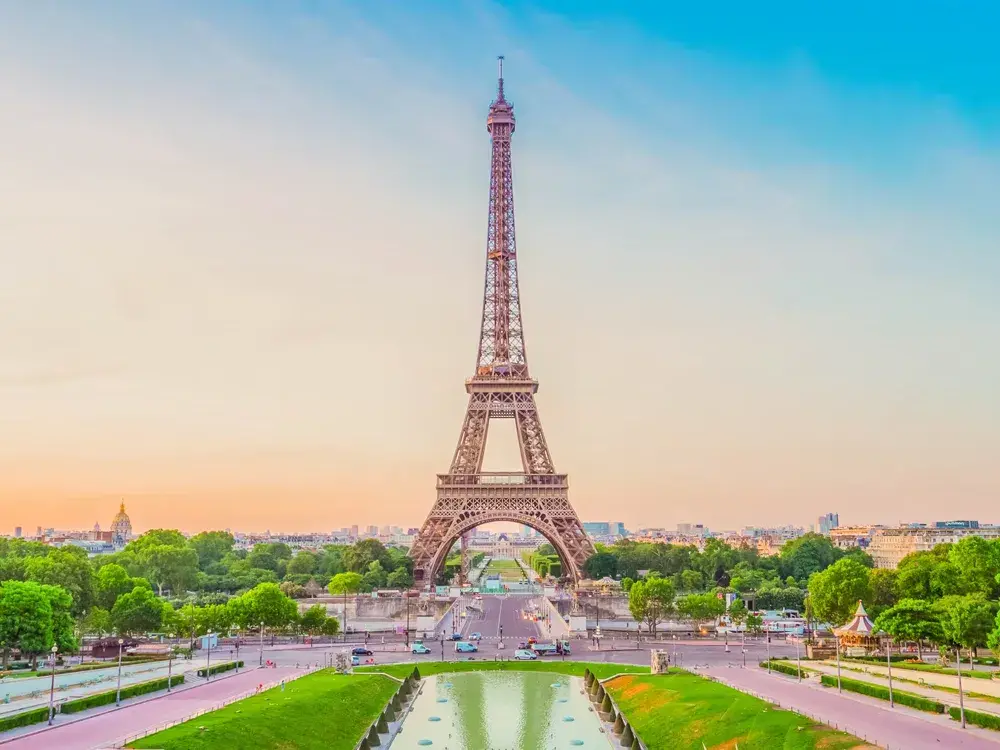








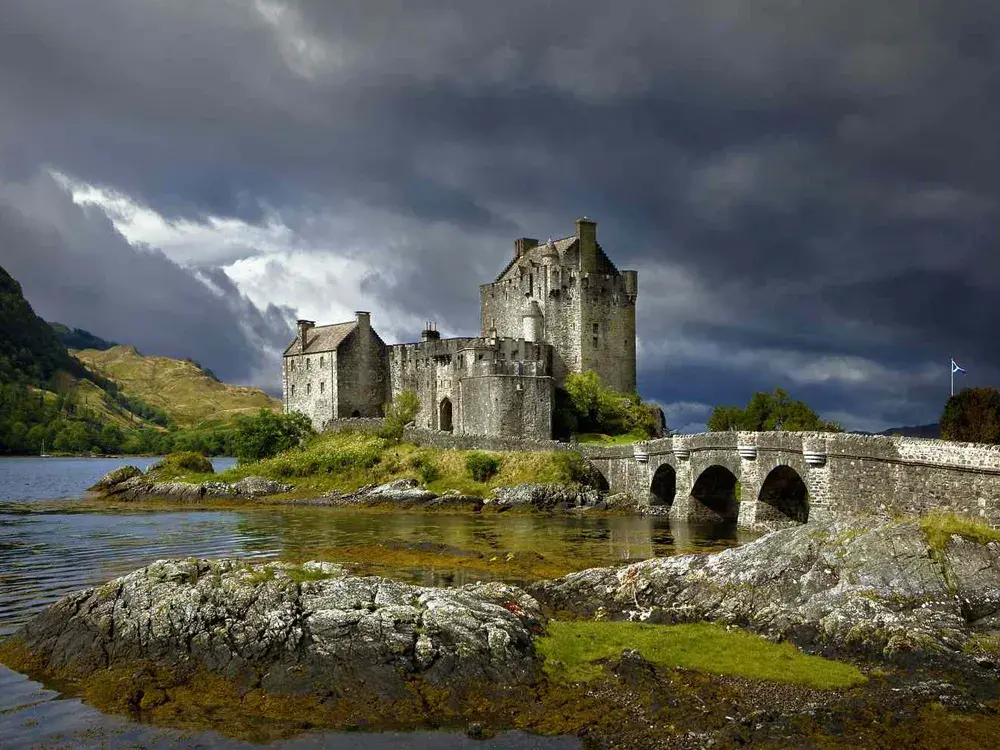

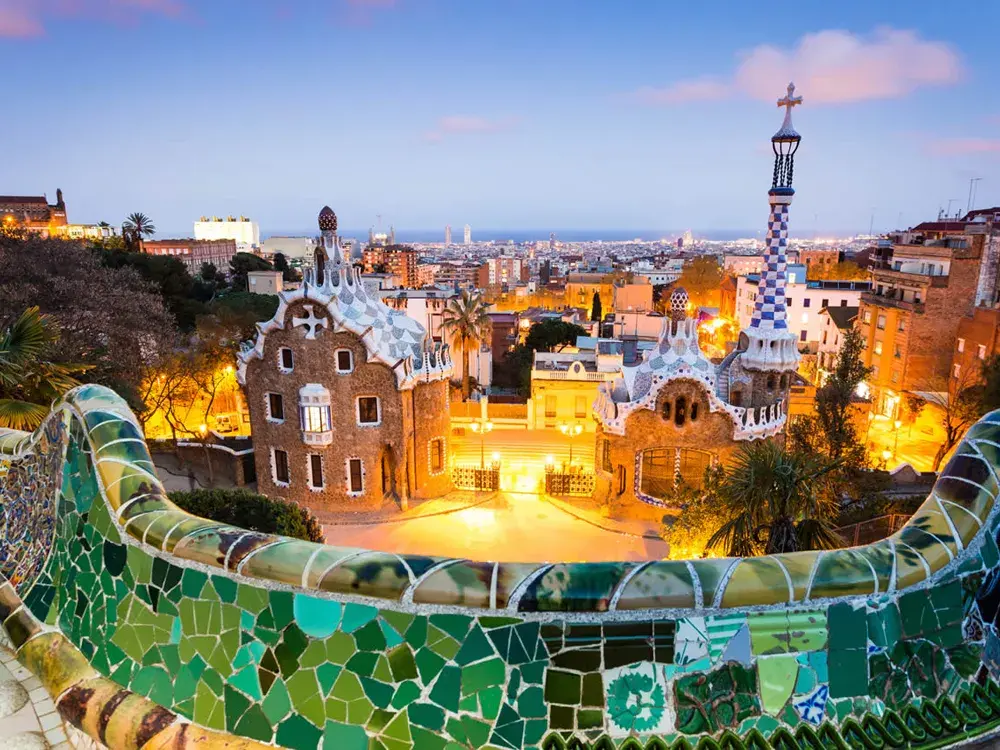



.webp)




